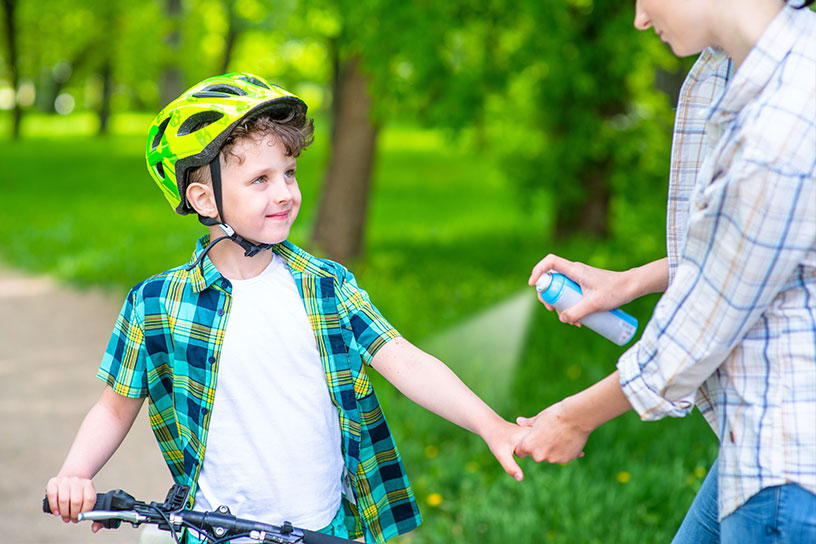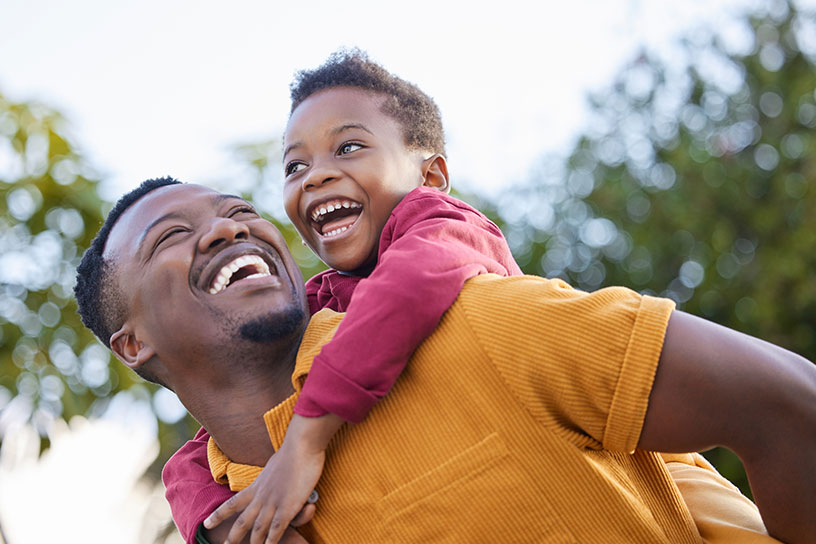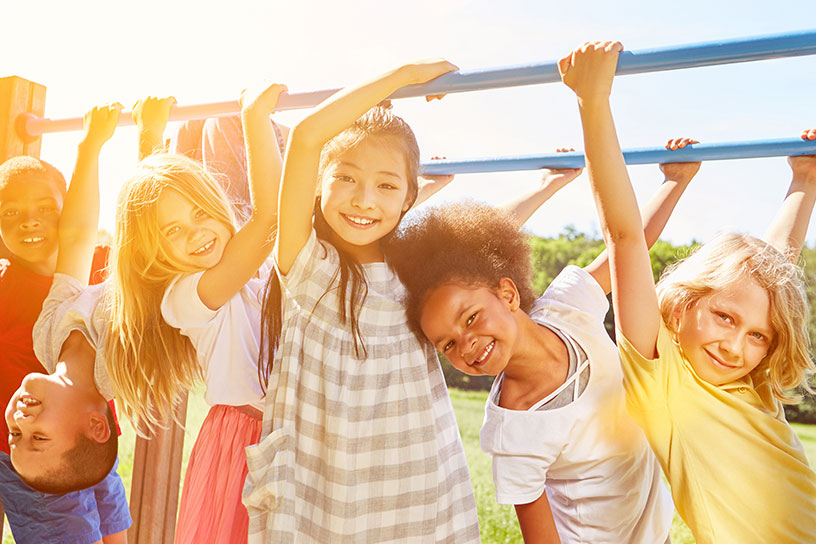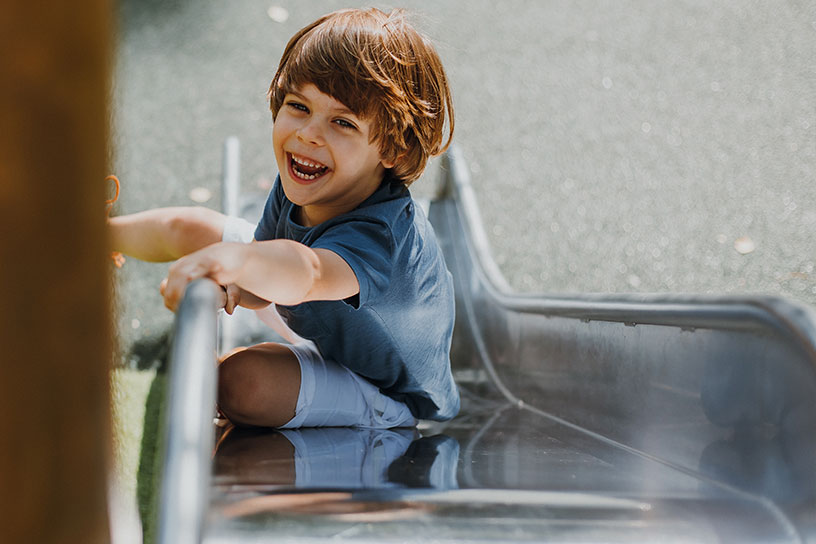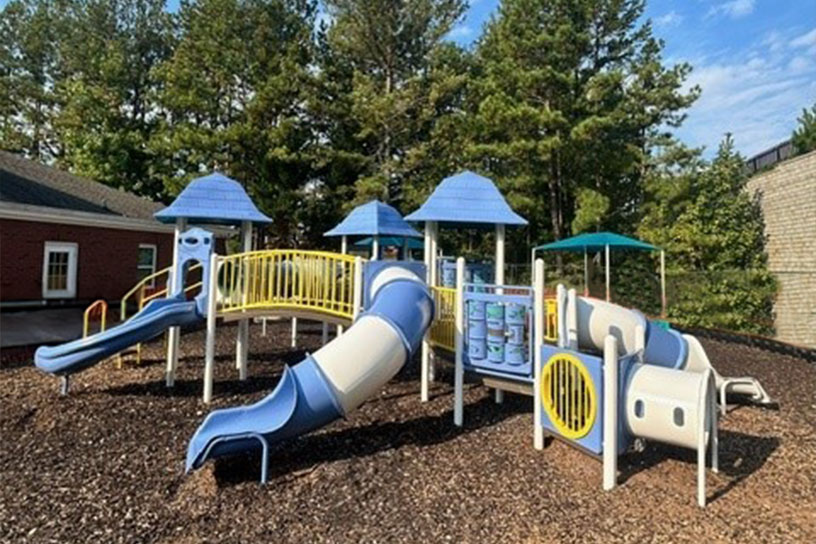Over the past two years, businesses around the world have reevaluated their cleaning and sanitizing processes to keep people healthy and safe. The same is true when it comes to playground sanitization at schools, in neighborhoods, and more.
If you’re looking to improve your playground cleaning procedures, here’s everything you need to know about sanitizing playground equipment.
Why Bother With Playground Sanitization?
Many property managers wonder if playground sanitization is really necessary. While it may not be as strongly mandated as other playground safety guidelines, there are a number of benefits to sanitizing your playground.
Limiting the Spread of Viruses
Children catch colds, flus, and other illnesses like wildfire. They are often touching their faces, putting objects in their mouths, and may not always wash their hands properly.
Playgrounds are high-traffic and high-touch areas. But, oftentimes playgrounds don't receive the same intensity cleaning as schools, bathrooms, and other public spaces. Playground sanitization can help reduce the spread of illnesses through germs while children are at play.
Keeping Children In School
Fewer germs on the playground means fewer sick children and less frequent absences from school, daycare, and more. Children are able to learn without interruption and parents don’t have to keep children at home due to illness.
Building Parental Confidence
While many Americans are now vaccinated against COVID-19, most children are still not eligible for the vaccine. Furthermore, many parents aren’t sure about their children getting the vaccine, but they may still be worried about the effects the coronavirus may have on their child if they get sick.
Sanitizing your playground equipment regularly can help put worried parents at ease and eliminate issues for parents and teachers alike. And, it can provide a safe way for children to get outside, socialize, and have fun.
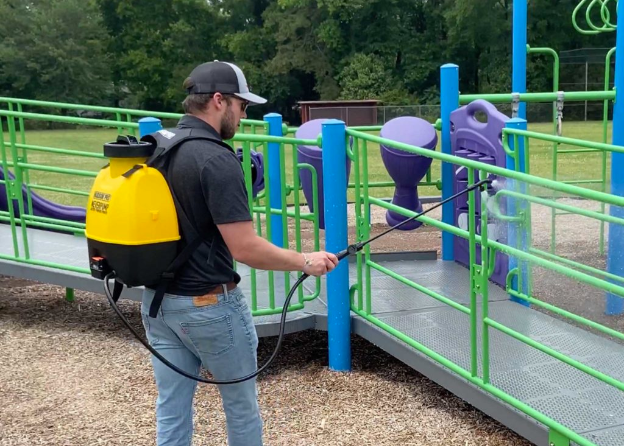
Cleaning vs. Disinfecting Your Playground
When deciding to invest in playground maintenance, it’s important to understand the difference between cleaning and disinfecting.
Cleaning focuses on inspecting and looking for playground safety issues and broken parts, handling major messes, and repairing general wear and tear from weather and use.
Sanitizing kills germs to prevent the spread of illnesses. Specific products with sanitizing agents must be used in order to kill germs rather than spread them around.
Both tasks are key to keeping your playground and those who use it safe and healthy, but they play different roles in your playground maintenance plan.
How Often Should You Sanitize Your Playground?
When it comes to how often to sanitize your playground, there is no magic number. There are several factors that may affect your playground sanitization schedule, including:
- The number of children who play on your playground equipment overall
- The number of children who play on your playground at one time
- How frequently your playground is used
- How old the children are who play on your playground
- If bathrooms/hand sanitizer are readily available and used appropriately
With a high-traffic playground used by very young children, you may want to sanitize some areas of your playground daily. But, if your playground is only used occasionally by older children, you may only want to sanitize your playground monthly.
If you’re not sure what playground sanitization schedule is best for your equipment, a licensed playground inspector can help you determine the best plan for your particular situation.
Other Ways to Encourage Safe, Healthy Playground Use
In addition to regularly sanitizing your playground equipment, here are a few other ways to promote safe and healthy outdoor play:
- Install a hand sanitizer station nearby for use before and after playing on playground equipment.
- Don’t allow eating or drinking on or near your playground.
- Inspect and clean your playground surfacing regularly. With loose-fill surfaces, clear litter and debris immediately to avoid the spread of bacteria.
- Encourage parents to keep sick children at home or offer a quiet, socially-distanced activity for children who aren’t feeling well.
- Have children follow local mask recommendations and other COVID-19 guidelines where appropriate.

